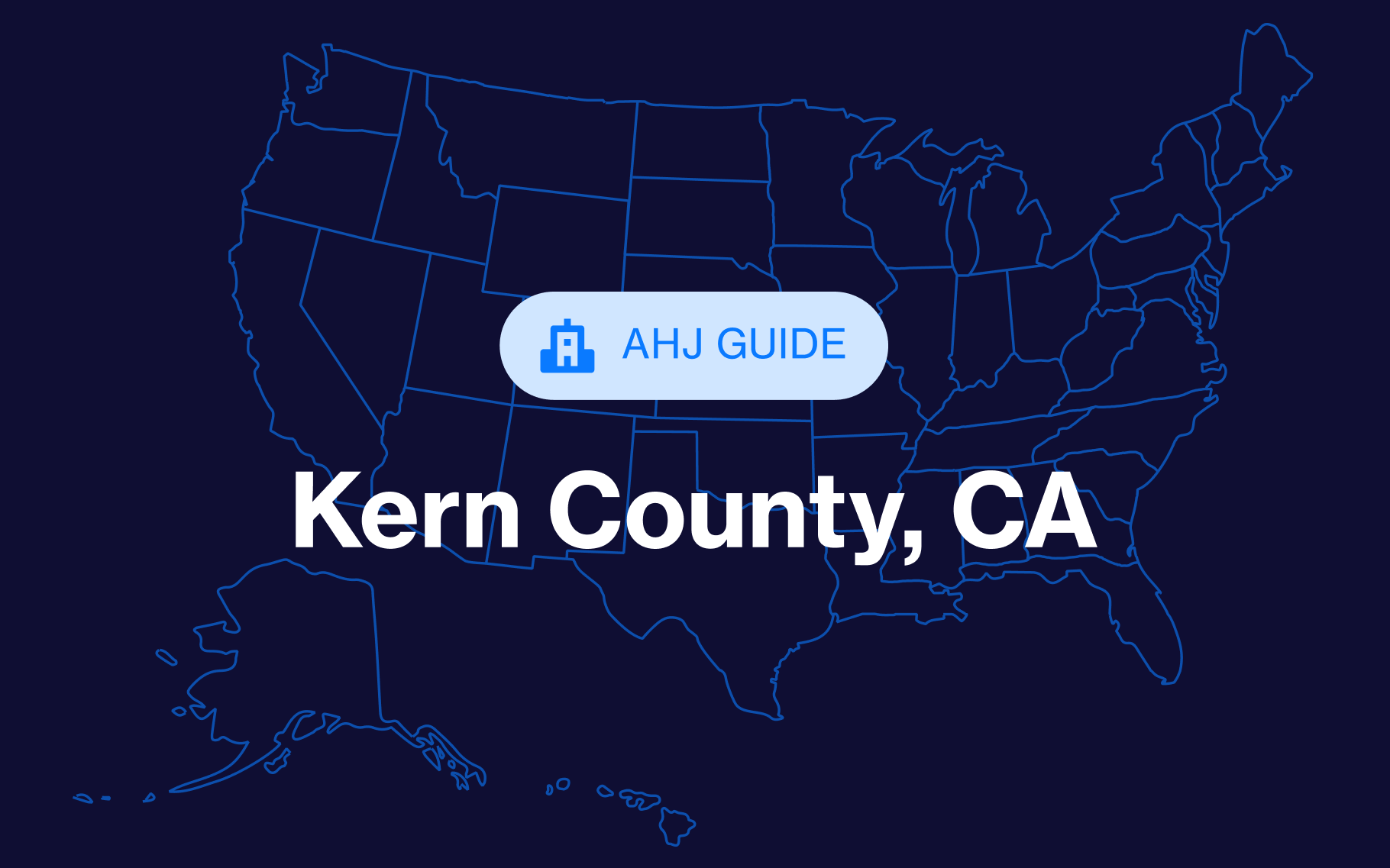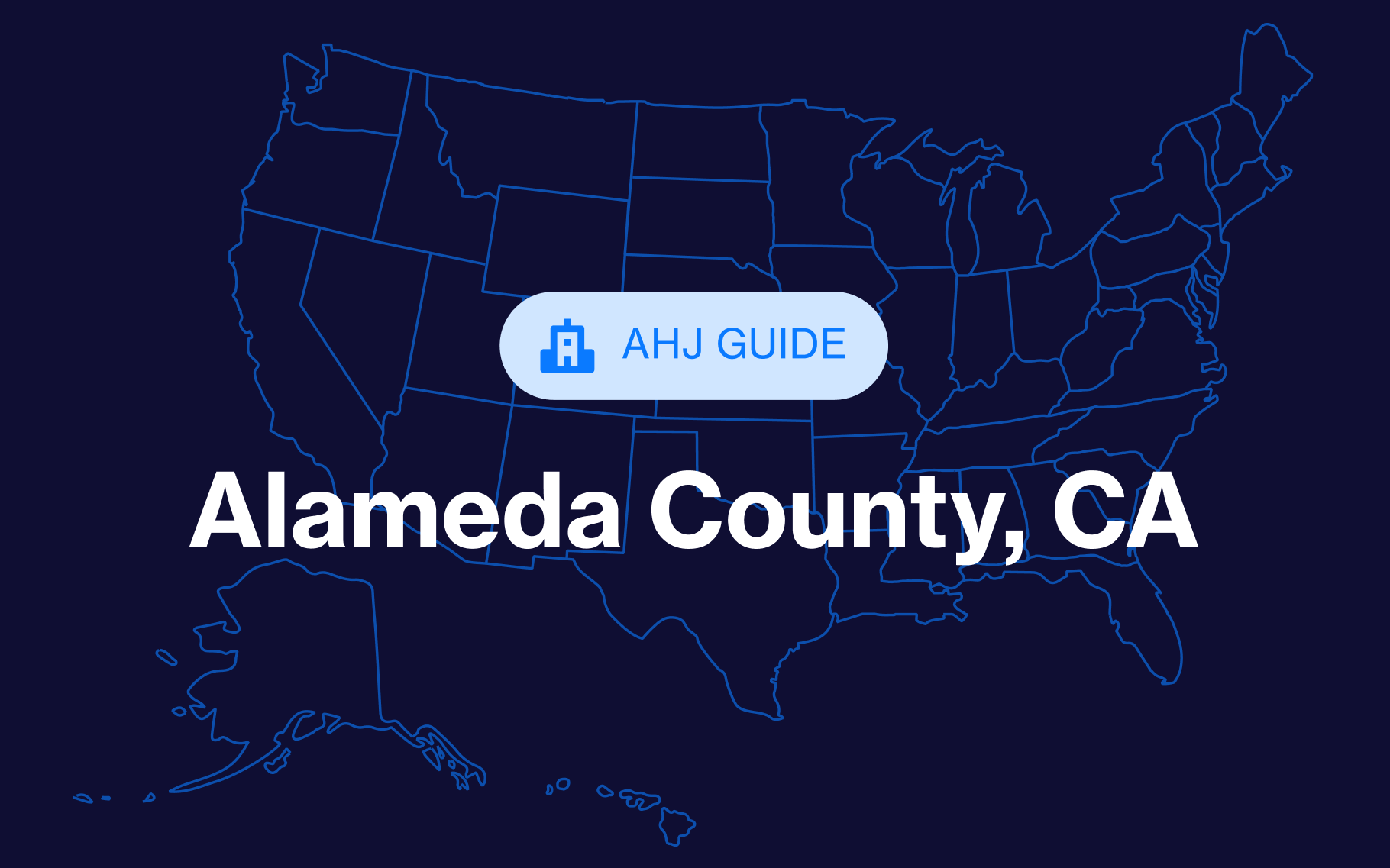Navigating building permit requirements in California can feel like a chore. From regular code updates to more city-specific nuances, it’s easy to get confused and overwhelmed. But with the right information, tools, and team to handle the permitting process, you can break ground on your project in no time.
Below, we discuss what kind of projects require a permit in California, how to apply for one, and common costs you’ll encounter.
What requires a building permit in California?
Under the California Building Standards Code (Title 24), nearly any new structures, additions, remodels, repairs, or demolitions typically require a permit.
That includes:
- Major structural work that affects foundation or load bearing structures
- Installation of electrical, plumbing, and HVAC
- Major grading or land disturbance
- Most ADUs (Accessory Dwelling Units)
Common exceptions to the rule include minor cosmetic work, such as painting or re-roofing. However, all local jurisdictions vary, so be sure to double check with your local building department.
Who issues building permits in California?
In California, building permits are issued at the local level — meaning the city, county, or town building departments are responsible for handling the permitting process. For projects in unincorporated areas, county offices (like Sonoma County’s Permit and Resource Management Department) handle permits.
State-level bodies like the Department of Housing and Community Development (HCD) oversee mobile-home and special-occupancy park permits. But for commercial construction, the most reliable place to look for information regarding permitting is the municipal building division.
California building permit requirements
What you need to apply:
- Complete permit application
- Details project scope, valuation, and property information
- Construction plans:
- Plans prepared by licensed professionals such as architects or engineers
- Supporting documents
- Information such as energy calculations (Title 24), structural reports, and soils studies
- Licensed applicant
- This could be the homeowner, contractor, architect, or agent with authorization
- Contractor licensing
- CSLB license required for jobs less than $500
- Proof of insurance
- For workers’ compensation and liability
- Environmental review
- Some projects may trigger the California Environmental Quality Act (CEQA)
California building permit costs
Permit fees in California are determined locally — there is no statewide standard for applying for permitting fees.
- Expect plan review fees due at submission.
- Permit issuance fees are due when issued.
- Additional charges may include utility, environmental impact, affordable-housing, and green building fees.
Budget-wise, typical permit costs can run 5-18% of total project valuation for a new construction. ADUs and smaller remodels come in lower, but still far above minor cosmetic jobs.
Unique considerations when permitting in California
Title 24 & CALGreen
California’s Title 24 is a building energy and efficiency standard designed so that new and existing buildings achieve certain energy efficiency to preserve both outdoor and indoor environmental quality.
CALGreen is California’s state-mandated green building code and can be found in the California Code of Regulations.
California Environmental Quality Act (CEQA) Triggers
Projects that need discretionary approvals (such as rezonings) may require an initial study or an Environmental Impact Report (EIR), which may cause major delays or litigation.
Local variances
Every jurisdiction handles development impact fees differently depending on the type of project. In high-population and cost-of-living areas like the Bay Area, the government may charge more for multi-unit buildings.
CEQA suspensions for disaster rebuilds
Historically, California leadership may suspend CEQA triggers in disaster zones to prevent permitting backlogs and to expedite reconstruction. However, existing backlogs can often still slow down the permitting process.
How to get a building permit in California
- Do your jurisdiction homework
- Identify if your project location is mandated by the city or county jurisdiction. Once you figure this out, check your local building department website for what’s needed for a permit application.
- Pre‑application check‑in
- Call or meet with plan check staff early (hourly consultations start at $238 per hour). Confirm applicable codes (like Title 24 or CALGreen) and any other required documentation.
- Prepare and submit
- Bundle application, plans, calculations, insurance proof, contractor license, and fees.
- Plan review
- Expect 2-6 weeks for local review; state-level reviews may take a similar amount of time. Always respond promptly to any correction requests.
- Pay issuance fees and pull the permit
- After the review clears, pay the remaining fees — then you can grab the permit and start scheduling inspections.
- Inspections and closeout
- Schedule inspections as required. Finish with a final inspection and receive either final sign-off or a certificate of occupancy.
In California, permits typically expire after 1-3 years, depending on the type of construction project.








